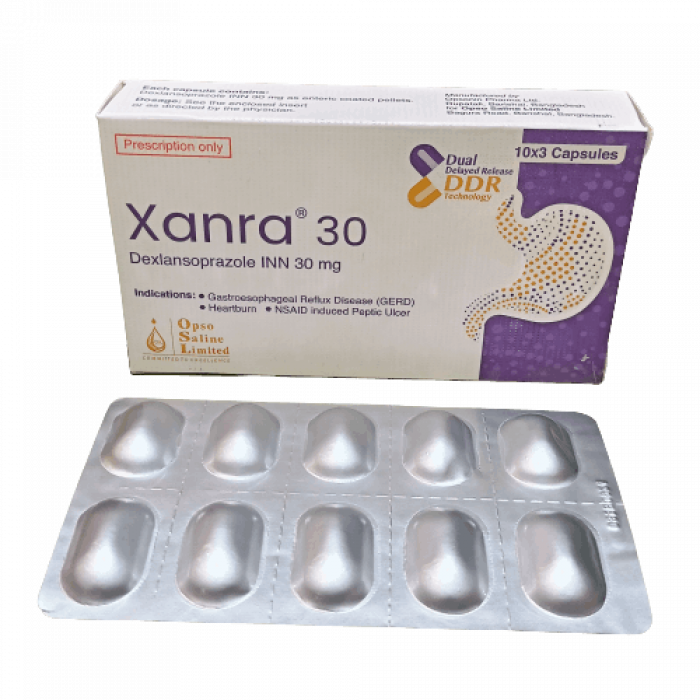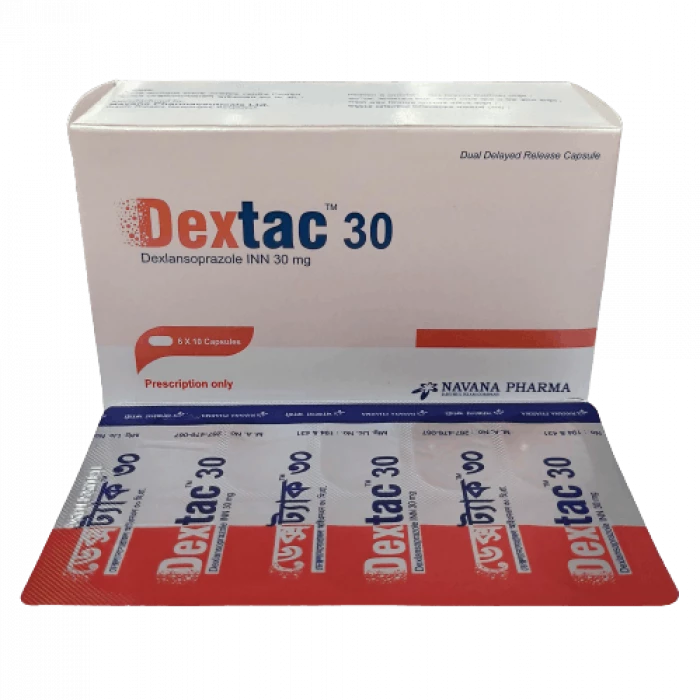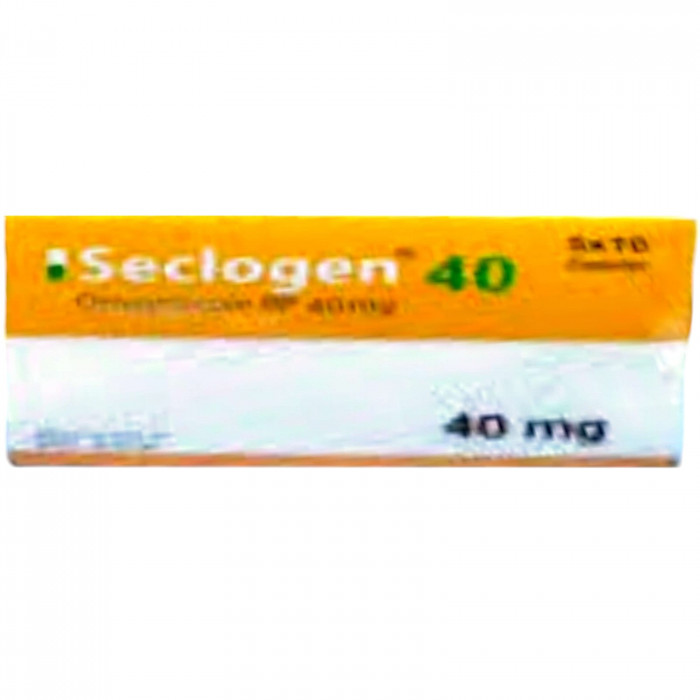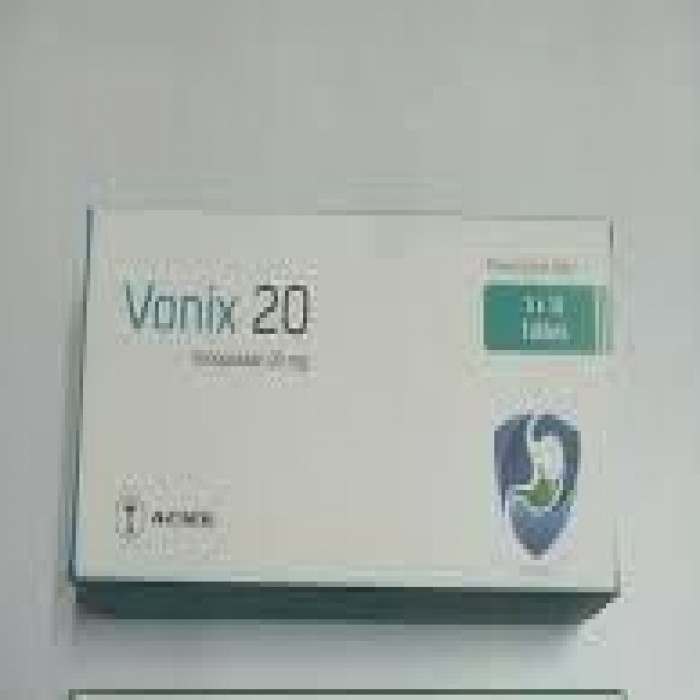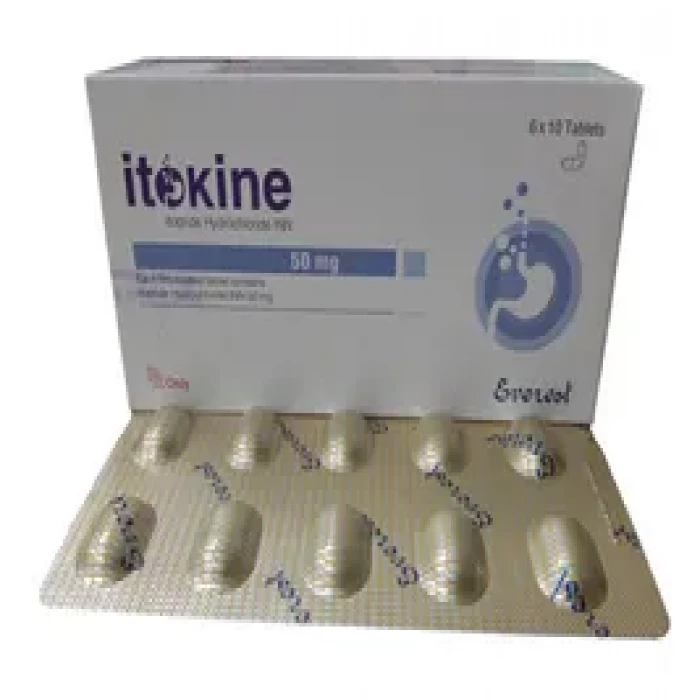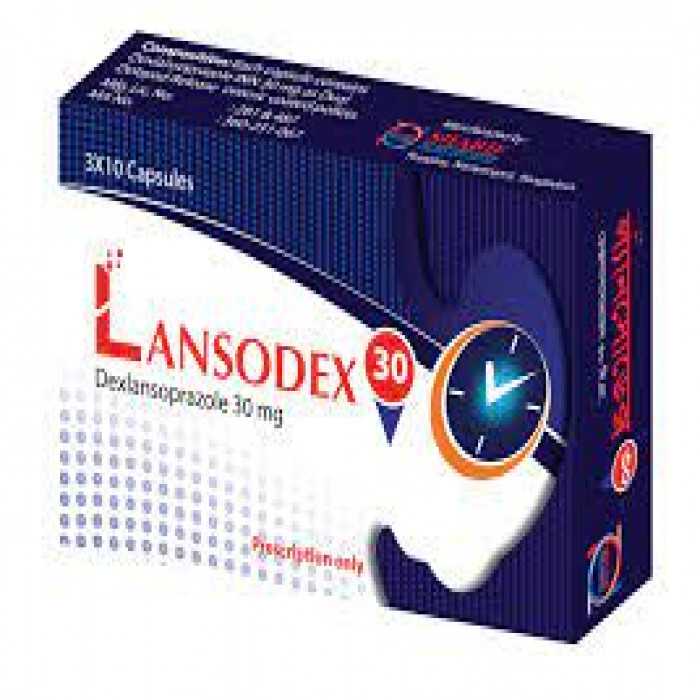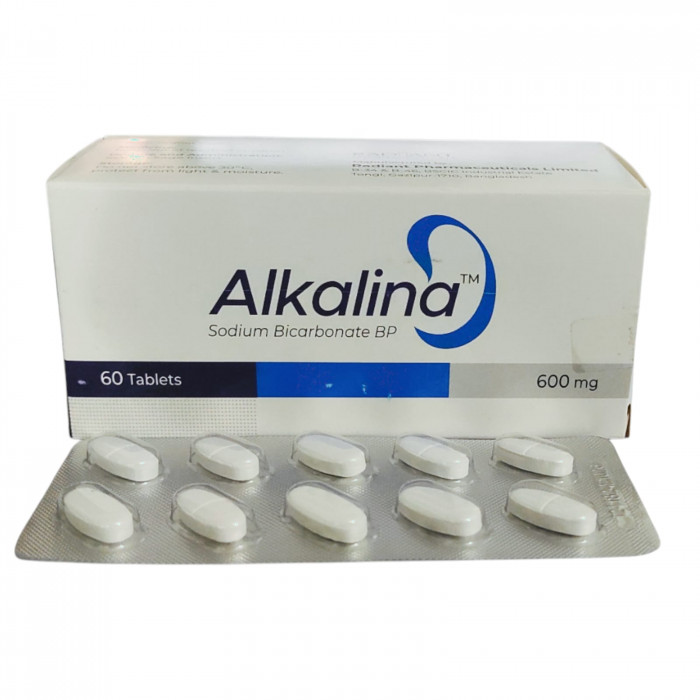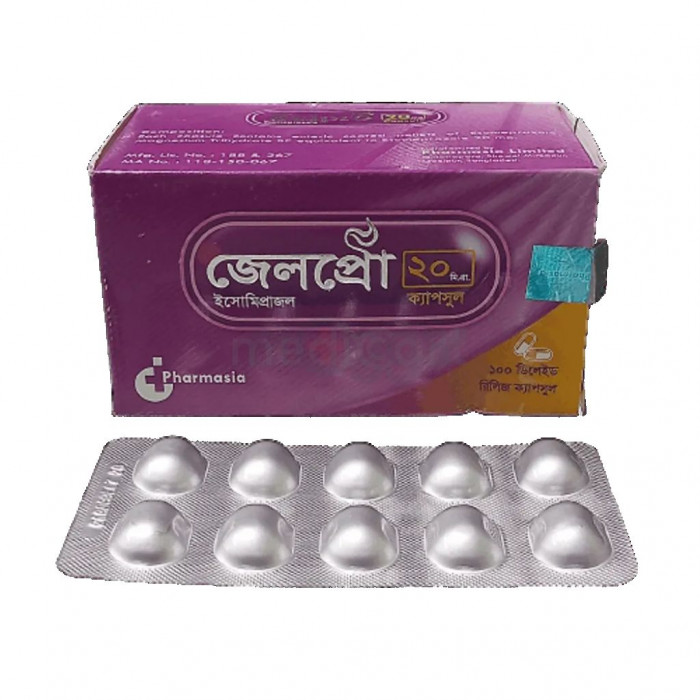
✔ 100% Authentic Product

100% Genuine Products, Guaranteed
Safe & Secure Payments, Always
Fast, Secure & Efficient Delivery
Proper Packaging
Cashback offer(Optional):
- 🏷 Coupon CASH55 ✔️ Get ৳55 back - for Ordering ৳500+
- 🏷 Coupon CASH120 ✔️ Get ৳120 back - for Ordering ৳1200+
- 🏷 Coupon CASH200 ✔️ Get ৳200 back - for Ordering ৳2500+
- 🏷 Coupon CASH300 ✔️ Get ৳300 back - for Ordering ৳3500+
- 🏷 Coupon CASH400 ✔️ Get ৳400 back - for Ordering ৳4500+
- 🏷 Coupon CASH500 ✔️ Get ৳500 back - for Ordering ৳5500+
- 🔹 Delivery charge is applicable for Cashback offer
- 🔹 Foreign manufacturer products are not applicable for Cashback offer
Show More
 Cash on Delivery - All over Bangladesh
Cash on Delivery - All over Bangladesh Urgent Delivery - 2 Hours Dhaka City
Urgent Delivery - 2 Hours Dhaka City ফ্রি ডেলিভারি! - ১৪৯৯ টাকা+ অর্ডারে ঢাকা
শহরে ।
ফ্রি ডেলিভারি! - ১৪৯৯ টাকা+ অর্ডারে ঢাকা
শহরে । ফ্রি ডেলিভারি! - ২৯৯৯ টাকা+ অর্ডারে ঢাকার
বাহিরে ।
ফ্রি ডেলিভারি! - ২৯৯৯ টাকা+ অর্ডারে ঢাকার
বাহিরে ।
✅ Description:
Lasocon D 30 is a medicine that reduces the amount of acid produced in your stomach. It is used for treating acid-related diseases of the stomach and intestine such as heartburn, acid reflux, peptic ulcer disease, and some other stomach conditions associated with excessive acid production. Lasocon D 30 is also used to prevent stomach ulcers and acidity that may be seen with the prolonged use of pain-killers. It belongs to a class of medicines known as proton pump inhibitors (PPIs). This medicine should be taken one hour before a meal, preferably in the morning. The dose will depend on your underlying condition and how you respond to the medicine. You should keep on taking it as prescribed even if your symptoms disappear quickly. You can increase the efficiency of the treatment by eating smaller meals more often and avoiding caffeinated drinks (like tea and coffee), and spicy or fatty foods. The most common side effects observed with this medicine include nausea, vomiting, flatulence, and diarrhea. These symptoms are generally mild but if they bother you or do not go away, consult your doctor. Long-term use of this medicine may lead to an increased risk of side effects. For instance, using this medicine for more than 1 year may increase your risk for bone fractures, especially with higher doses. Talk to your doctor about ways to prevent bone loss (osteoporosis), like taking calcium and vitamin D supplements. Before taking this medicine, you need to tell your doctor if you have severe liver problems, are taking medicines for HIV, have ever had an allergic reaction to similar medicines in the past or suffer from bone loss (osteoporosis). Pregnant or breastfeeding women should also consult their doctor before taking it.
Uses of Lasocon D 30
- Gastroesophageal reflux disease (Acid reflux)
- Peptic ulcer disease
Side effects of Lasocon D 30
Common
- Nausea
- Abdominal pain
- Flatulence
- Diarrhea
- Vomiting
How to use Lasocon D 30
Take this medicine in the dose and duration as advised by your doctor. Do not chew, crush or break it. Lasocon D 30 is to be taken empty stomach.
How Lasocon D 30 works
Lasocon D 30 is a proton pump inhibitor (PPI). It works by reducing the amount of acid in the stomach which helps in relief of acid related indigestion and heartburn.
What if you forget to take Lasocon D 30?
If you miss a dose of Lasocon D 30, take it as soon as possible. However, if it is almost time for your next dose, skip the missed dose and go back to your regular schedule. Do not double the dose.

Quick Tips
- Lasocon D 30 should be taken 1 hour before a meal, preferably in the morning.
- It is a well-tolerated medicine and provides relief for a long time.
- Avoid eating late at night or before bedtime.
- Inform your doctor if you get watery diarrhea, fever or stomach pain that does not go away.
- Inform your doctor if you do not feel better after taking it for 14 days as you may be suffering from some other problem that needs attention.
- Long-term use of Lasocon D 30 can cause weak bones and a deficiency of minerals such as magnesium. Take adequate dietary intake of calcium and magnesium or their supplements as prescribed by your doctor.
- Consult your doctor right away if you develop decreased urination, edema (swelling due to fluid retention), lower back pain, nausea, fatigue, and rash or fever. These could be signs of a kidney problem.

Brief Description
Indication
Oesophagitis, Gastro-oesophageal reflux disease (GERD)
Administration
Capsule: May take with or without food DR: Take at least 30 minutes before a meal
Adult Dose
Erosive Esophagitis Capsule: Indicated for healing of all grades of erosive esophagitis (EE) and maintaining healing of EE DR: Indicated for maintaining healing of EE Healing (capsule): 60 mg PO qDay for up to 8 weeks Maintenance (capsule or DR): 30 mg PO qDay for up to 6 months Gastroesophageal Reflux Disease Indicated for treating heartburn associated with symptomatic nonerosive GERD Capsule or DR: 30 mg PO qDay for 4 weeks Hepatic impairment Milde (Child-Pugh A): Dose adjustment not necessary Moderate (Child-Pugh B): Not to exceed 30 mg/day Severe (Child-Pugh C): Not recommended
Child Dose
<12 years Safety and efficacy not established >12 years Erosive Esophagitis Capsule: Indicated for healing of all grades of erosive esophagitis (EE) and maintaining healing of EE DR: Indicated for maintaining healing of EE Healing (capsule): 60 mg PO qDay for up to 8 weeks Maintenance (capsule or DR): 30 mg PO qDay for up to 6 months Gastroesophageal Reflux Disease Indicated for treating heartburn associated with symptomatic nonerosive GERD Capsule or DR: 30 mg PO qDay for 4 weeks
Contraindication
Hypersensitivity.
Mode of Action
R-enantiomer of lansoprazole; PPI; binds to H+/K+-exchanging ATPase (proton pump) in gastric parietal cells, resulting in blockage of acid secretion.Dual release formulation.
Precaution
Hepatic impairment. Gastric malignancy should be ruled out. Pregnancy and lactation. Lactation Risk Summary There is no information regarding presence of dexlansoprazole in human milk, effects on breastfed infant, or on milk production; however, lansoprazole and its metabolites are present in rat milk; developmental and health benefits of breastfeeding should be considered along with mother’s clinical need for therapy and potential adverse effects on breastfed child from therapy or from the underlying maternal condition
Side Effect
1-10% Diarrhea (5%),Abdominal pain (4%),Nausea (3%),URI (2-3%),Vomiting (1-2%),Flatulence (1%) <1% (Selected) Arrhythmia,Bradycardia,Barrett's esophagus,DVT,Dyspnea,Hepatomegaly,Hypertension,Paresthesia,Rectal hemorrhage,Vulvovaginal infection
Pregnancy Category Note
Pregnancy There are no studies with dexlansoprazole use in pregnant women to inform a drug-associated risk; dexlansoprazole is R-enantiomer of lansoprazole, and published observational studies of lansoprazole use during pregnancy did not demonstrate an association of adverse pregnancy-related outcomes with lansoprazole In animal reproduction studies, oral administration of lansoprazole to rats during organogenesis through lactation at 1.8 times the maximum recommended human dexlansoprazole dose; produced reductions in the offspring in femur weight, femur length, crown-rump length and growth plate thickness (males only) on postnatal day 21; these effects were associated with reduction in body weight gain; advise pregnant women of potential risk to fetus Lactation There is no information regarding presence of dexlansoprazole in human milk, effects on breastfed infant, or on milk production; however, lansoprazole and its metabolites are present in rat milk; developmental and health benefits of breastfeeding should be considered along with mother’s clinical need for therapy and potential adverse effects on breastfed child from therapy or from the underlying maternal condition
Interaction
Increased risk of hypomagnesaemia w/ diuretics and digoxin. May decrease plasma concentration of erlotinib, dasatinib and lapatinib. May decrease the bioavailability of itraconazole and ketoconazole. May increase plasma concentration of cilostazol and methotrexate. Reduced bioavailability w/ antacids and sucralfate. Potentially Fatal: May decrease serum levels and pharmacological effects of rilpivirine and atazanavir.
Disclaimer:
ePharma sole intention is to ensure that its consumers get proper
information as musch as possible. Although we do not guarantee the
accuracy and the completeness of the information that provided and
here information is for informational purposes only.
The information contained herein should NOT be used as a substitute
for the advice of a qualified physician. This may not cover
everything about particular health conditions,
lab tests, medicines, all possible side effects, drug interactions,
warnings, alerts, etc. Please consult your healthcare professional
and discuss all your queries related to any disease or medicine. We
intend to support, not replace, the doctor-patient relationship.




